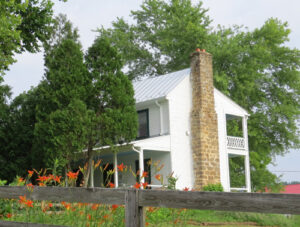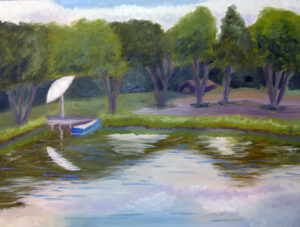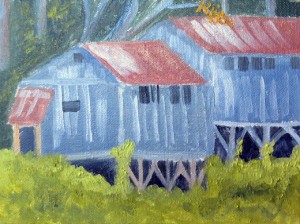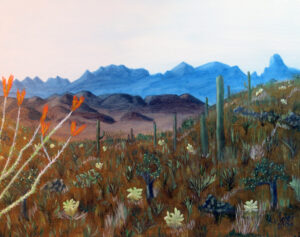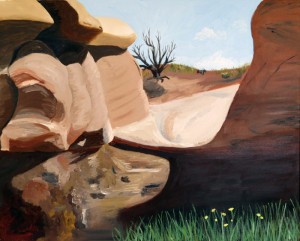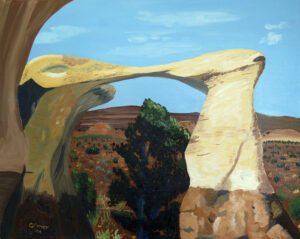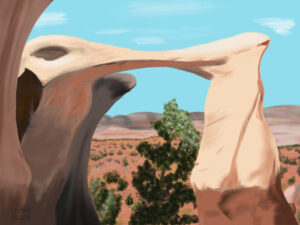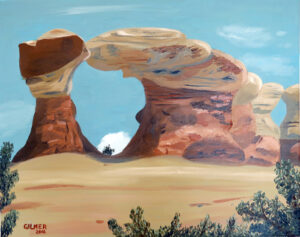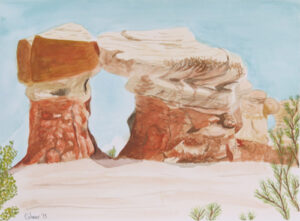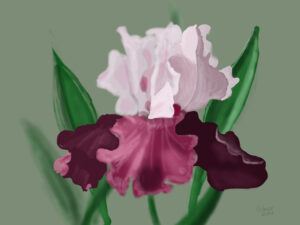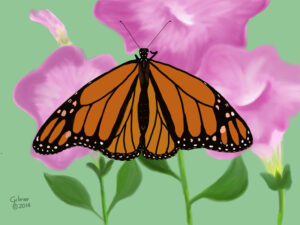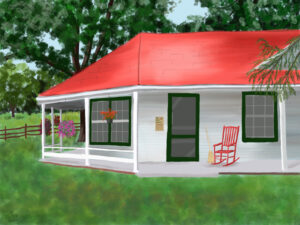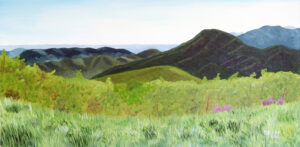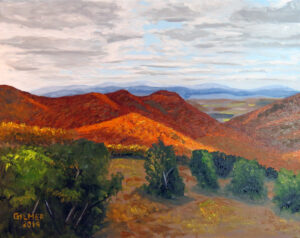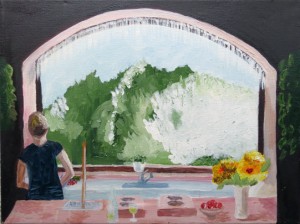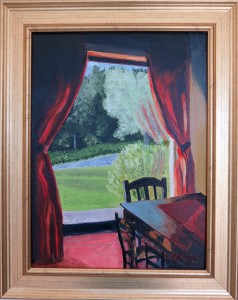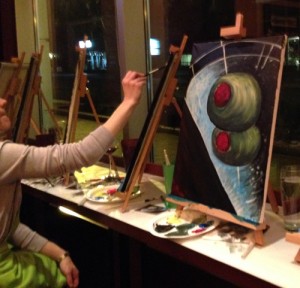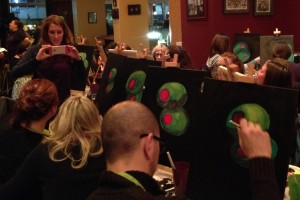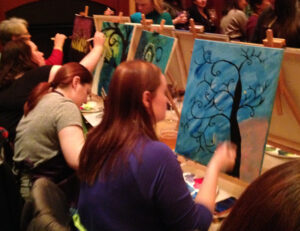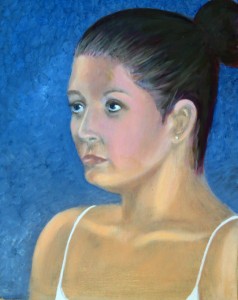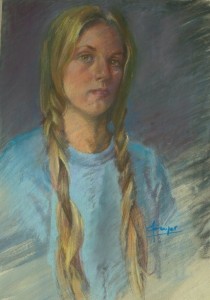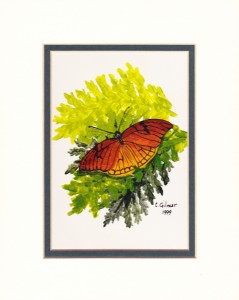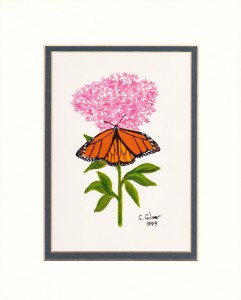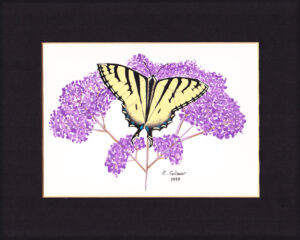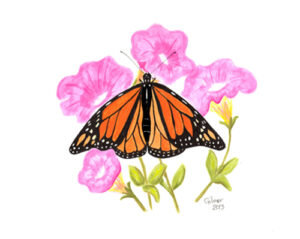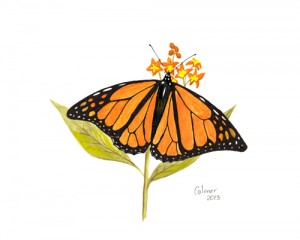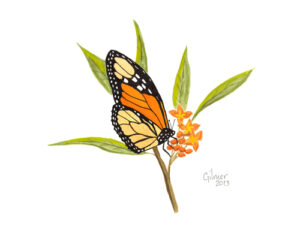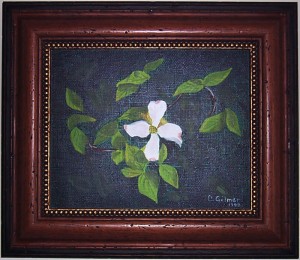Last Spring in a web search for art classes in Central Virginia I ran across a place called Nimrod Hall. More specifically, I found the Nimrod Hall Summer Arts Program.
Nimrod Hall is a property in Bath County Virginia that dates back to the 1700s. At one point in its history it was a hunting lodge. For the last century or so it has been an art colony. It is now owned by Richmond based artist Laura Loe and her husband.
The artist workshop program has been around for a while. Until last Summer they had only done week-long workshops, but they decided that weekend workshops would be a good way to reach more people, including those hesitant to commit to an entire week without seeing what it was like. I signed up for a weekend workshop with Andras Bality, also Richmond based. I was drawn to Andras’ impressionistic landscapes and believed I’d enjoy his class. I was right!
First, Nimrod is rustic, but comfortable. The setting is beautiful. The photo below is of the main house. It’s a large property with many buildings situated on the Cowpasture River. The workshops include three home cooked meals a day, and the food is excellent.
The weekend began with a demonstration by Andras on Friday evening. Then we painted all day Saturday. We set up a scene on the pond down by the river for our first painting. Below is my painting from that session (14×11 oil on board). It’s not my best work, but it was a good learning experience. Plein Aire painting is hard, and not something I’m practiced at. I usually paint from photographs.
After we completed the first painting we were encouraged to chose another scene and paint a second painting. Along the hillside down by the river there was a row of cabins, from a boys camp. These were essentially in ruins, and not particularly pretty until you spent some time looking at them. I painted the tiny painting below (8×6 oil on canvas board) and gained a real appreciation for their beauty. Laura says she’s going to try to restore these so they can be used. She has her work cut out for her.
In this workshop I learned several things from Andras that I have carried forward. First, I learned a lot about mixing color. He taught me that colors you would least expect to use in a mix can have a profound effect. For example, cadmium orange can be used to tone down colors without dulling them. I also learned to mix my whole pallet at once before beginning the painting. That doesn’t mean that you don’t continue to add and mix colors, but it gives you a broad starting point. Finally, I learned that clouds have many different colors in them. My engineer’s brain wants to see white and gray, but they have blue, purple, pink and many other subtle colors. Each of these has improved my results in paintings I’ve done since the workshop.
I’ve signed up for a Watercolor Painting workshop by Purnell Pettyjohn at Nimrod July 10 -12 this summer. Watercolor has always been a challenge to me so I’m looking forward to becoming more comfortable with the medium.

